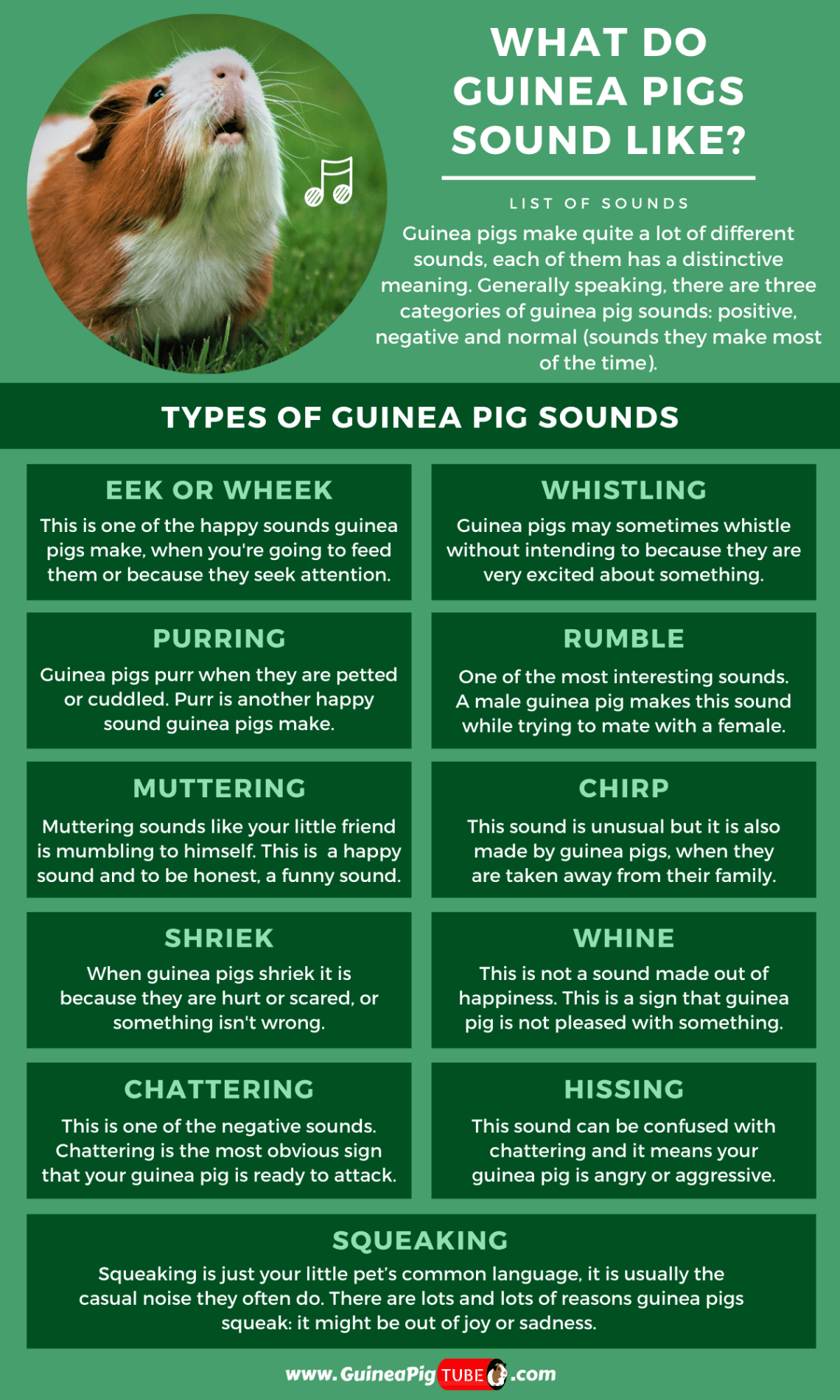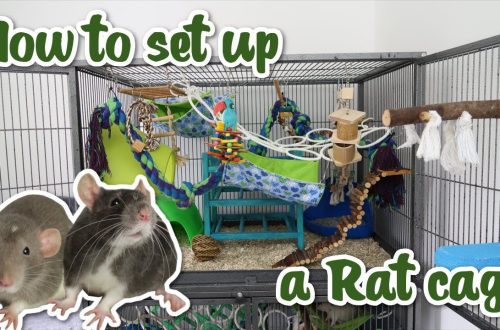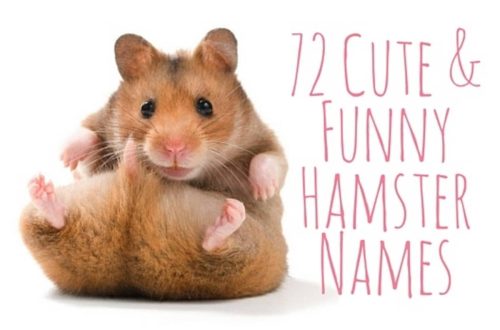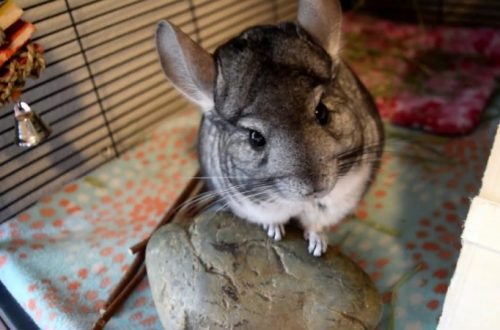
Guinea pig language
It is worth learning to understand the language of the guinea pig. Whistling, squealing and squeaking, grunting, grunting and other sounds made by these cute animals have their own meaning. Pigs express satisfaction, fear, aggression in their own language in this way, warn comrades about danger, etc. By spending time with your students often, paying attention to these “sayings”, over time you can begin to understand them.
The sounds that a guinea pig makes correspond to its mood at a given time. Quiet whistling, and as the highest manifestation – gentle “squealing”, means satisfaction. The most common sound is a sharp whistle, repeated at intervals of about one second. This signal is most often given by the pig as a sign of greeting to a person she knows when it’s time for feeding.
The most piercing sound I have ever heard was a groan, which is an expression of pain. This is a very high-pitched and loud squeak, interrupted only for the duration of inspiration. Such a loud sound is really hard to expect from a small animal. The last sound in the guinea pig’s repertoire that we are discussing here is a chattering grunt that sounds almost like an echo of a drum roll. Usually it is used as a greeting of meeting individuals, it also serves the male to lure the female. The rattling grunt is also an integral part of the sexual ritual. In this case, it is accompanied by characteristic pushing movements of the animal’s body. I also heard a similar sound as a reaction of guinea pigs to unfamiliar situations or echoes.
If you want to understand a guinea pig, try not only to listen, but also to look at it, often your animal expresses its desires not only with characteristic sounds, but also with certain body movements
- Persistent squeak means a clear need for food.
- A plaintive squeak means fear or loneliness in babies. Animals kept alone express a desire to communicate with such a sound.
- Cackling and cooing sounds indicate that the guinea pig is happy and comfortable.
- Guinea pigs make grunting sounds at the moment of friendly greeting and sniffing each other.
- Roaring sounds are made by a weaker opponent in front of a stronger opponent, which can be a person. If the growl of fear turns into a vigorous tapping of the teeth, you should leave the animal alone, otherwise it will come to bites.
- Cooing sounds are made by the male, approaching the female during courtship.
| How does a guinea pig behave? | What does this mean |
|---|---|
| Animals touch noses | They sniff each other |
| Grunts, grunts | Comfort, good mood (communication through sounds) |
| Guinea pig stretched out on the floor | The animal is comfortable and calm |
| Jumping up, popcorning | Good mood, playfulness |
| Squeak | Warning, sounds of a baby straying from relatives, fear, pain, demand for food (in relation to a person) |
| cooing | Appeasement |
| Guinea pig stands up on its hind legs | Trying to get to food |
| The guinea pig stands up on its hind legs and extends its front paws forward | Eagerness to impress |
| The animal tilts its head up | A show of force |
| Guinea pig lowers its head, purrs | An offer to make peace, a manifestation of fear |
| Creaking, hissing sounds, teeth chattering | Aggression, desire to impress, warning the enemy |
| Grumbling, grunting, crackling sounds | Sounds made by the male during courtship |
| Guinea pig stretches its head forward | Showing vigilance |
| Opening mouth wide, guinea pig shows teeth | The female drives away the too annoying male |
| Guinea pig presses its paws, presses against the wall | Helplessness, need for protection |
| Guinea pig freezes in place | Feigns dead to divert the attention of the enemy |
Read more about communication through sounds in the article “Sounds of guinea pigs”
It is worth learning to understand the language of the guinea pig. Whistling, squealing and squeaking, grunting, grunting and other sounds made by these cute animals have their own meaning. Pigs express satisfaction, fear, aggression in their own language in this way, warn comrades about danger, etc. By spending time with your students often, paying attention to these “sayings”, over time you can begin to understand them.
The sounds that a guinea pig makes correspond to its mood at a given time. Quiet whistling, and as the highest manifestation – gentle “squealing”, means satisfaction. The most common sound is a sharp whistle, repeated at intervals of about one second. This signal is most often given by the pig as a sign of greeting to a person she knows when it’s time for feeding.
The most piercing sound I have ever heard was a groan, which is an expression of pain. This is a very high-pitched and loud squeak, interrupted only for the duration of inspiration. Such a loud sound is really hard to expect from a small animal. The last sound in the guinea pig’s repertoire that we are discussing here is a chattering grunt that sounds almost like an echo of a drum roll. Usually it is used as a greeting of meeting individuals, it also serves the male to lure the female. The rattling grunt is also an integral part of the sexual ritual. In this case, it is accompanied by characteristic pushing movements of the animal’s body. I also heard a similar sound as a reaction of guinea pigs to unfamiliar situations or echoes.
If you want to understand a guinea pig, try not only to listen, but also to look at it, often your animal expresses its desires not only with characteristic sounds, but also with certain body movements
- Persistent squeak means a clear need for food.
- A plaintive squeak means fear or loneliness in babies. Animals kept alone express a desire to communicate with such a sound.
- Cackling and cooing sounds indicate that the guinea pig is happy and comfortable.
- Guinea pigs make grunting sounds at the moment of friendly greeting and sniffing each other.
- Roaring sounds are made by a weaker opponent in front of a stronger opponent, which can be a person. If the growl of fear turns into a vigorous tapping of the teeth, you should leave the animal alone, otherwise it will come to bites.
- Cooing sounds are made by the male, approaching the female during courtship.
| How does a guinea pig behave? | What does this mean |
|---|---|
| Animals touch noses | They sniff each other |
| Grunts, grunts | Comfort, good mood (communication through sounds) |
| Guinea pig stretched out on the floor | The animal is comfortable and calm |
| Jumping up, popcorning | Good mood, playfulness |
| Squeak | Warning, sounds of a baby straying from relatives, fear, pain, demand for food (in relation to a person) |
| cooing | Appeasement |
| Guinea pig stands up on its hind legs | Trying to get to food |
| The guinea pig stands up on its hind legs and extends its front paws forward | Eagerness to impress |
| The animal tilts its head up | A show of force |
| Guinea pig lowers its head, purrs | An offer to make peace, a manifestation of fear |
| Creaking, hissing sounds, teeth chattering | Aggression, desire to impress, warning the enemy |
| Grumbling, grunting, crackling sounds | Sounds made by the male during courtship |
| Guinea pig stretches its head forward | Showing vigilance |
| Opening mouth wide, guinea pig shows teeth | The female drives away the too annoying male |
| Guinea pig presses its paws, presses against the wall | Helplessness, need for protection |
| Guinea pig freezes in place | Feigns dead to divert the attention of the enemy |
Read more about communication through sounds in the article “Sounds of guinea pigs”





